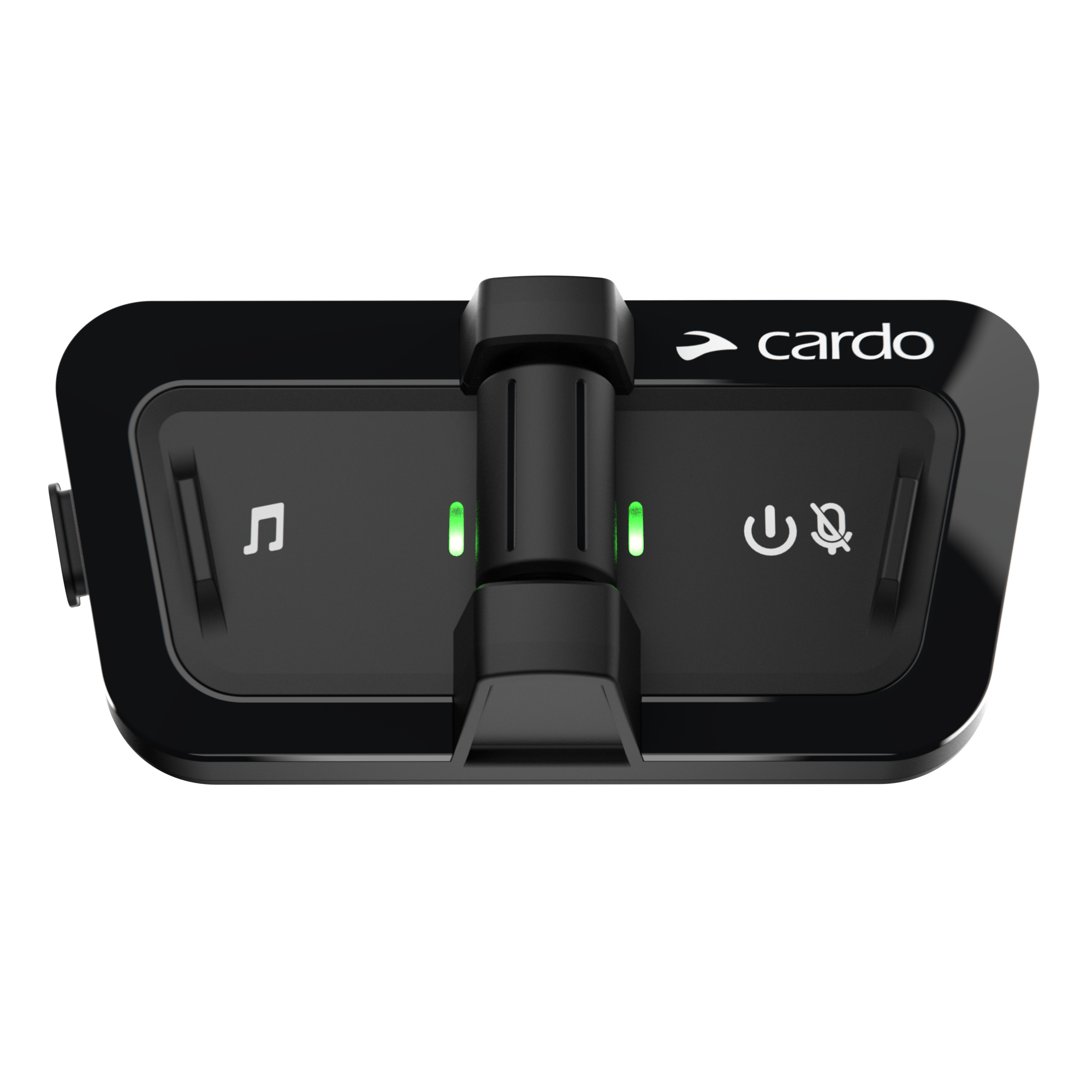Use Ski Helmet Communication to Stay Connected
Your Cross-Country Skiing Packing List:
Base Layers
It all starts with choosing what to wear underneath your ski gear. Choose warm underwear and socks that fit snug against your body without cutting off the circulation. You’ll also need one base layer to insulate your body from the cold. Use moisture-wicking fabrics like polyester or merino wool that dry quickly when wet. Avoid cotton undershirts that absorb moisture for long periods of time. A short-sleeve or long-sleeve shirt, along with long underwear or long johns, should do the trick.

Source: GROGL/Shutterstock.com
Middle Layer
Choose a middle layer to wear over your shirt such as a fleece jacket or sweater. This item should lock in the warmth to prevent your body from losing too much heat. Depending on the temperature outside, you can use a middleweight or lightweight middle layer. Consider bringing along an extra middle layer in case you get too cold.
Waterproof Outer Layer
Now it’s time to coat everything you’re wearing in waterproof clothing to keep moisture at bay. Slimmer jackets tend to work best for cross-country skiing. They have less fabric, which helps you keeping your arms moving. Put on waterproof ski pants over your long underwear. The legs of the pants should extend over your socks and boots, creating a waterproof seal. Wear waterproof gloves with a reinforced grip to keep a firm grasp on the poles. All your outermost layers should be wind resistant, if possible, to keep the warm inside your jacket where it belongs. If there’s a risk of rain or heavy snowfall, bring along a hard-shell jacket that’s breathable and waterproof.
Helmet Communication
Lots of cross-country skiers wear helmets in case they fall or get caught in an avalanche. Most athletes prefer to wear a half-face helmet with goggles that they can easily take on and off when cross-country skiing instead of a full-face helmet. Use a ski helmet communication device regardless of which kind of helmet you choose. It fits onto your helmet without obstructing your view of the trail. The device automatically connects to your companions, so you can hear what they’re saying every step of the way. Wear a wool or fleece hat underneath your helmet for extra warmth. Bring along a neck gaiter or face mask that won’t block your view, just in case.

Source: Alexander Ishchenko/Shutterstock.com
You may not feel the need to wear a helmet when you’re cross-country skiing, but you should still be able to communicate with those around you. Cross-country skiing comes with a reduced risk of injury compared to downhill skiing, but it can still be hard to carry on a conversation over the sound of the wind. You also won’t be able to take your phone out of your pocket while skiing. Use the Packtalk Outdoor with or without a helmet on the trail. It links to your companions and your phone to help you stay connected. Just speak into the device to make a call, check the map or look up the latest weather information.
Use the Packtalk Outdoor to Communicate on the Trail
If you don’t use a helmet, don’t forget to bring along a pair of shades to block the glare of the sun. Use sunscreen to protect your skin from the UV rays if any part of your body is exposed. Just because you can’t feel the heat doesn’t mean you’re not getting burned.
Conclusion
With the right outfit, you can master any trail that comes your way. Use these tips to stay comfortable wherever the path takes you.









